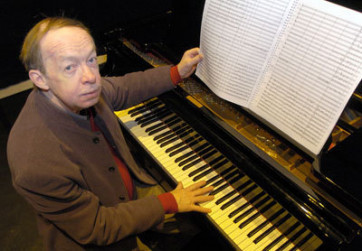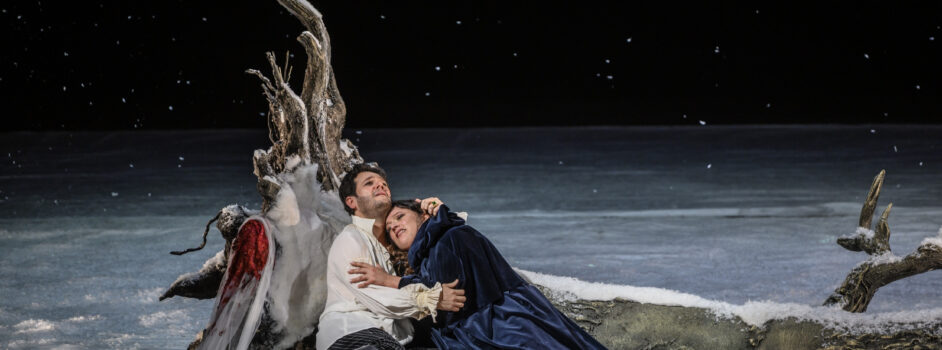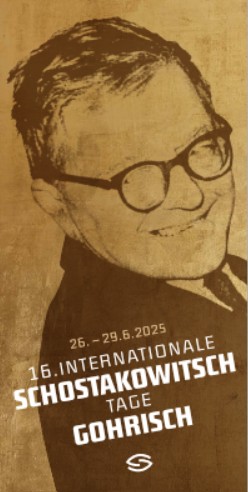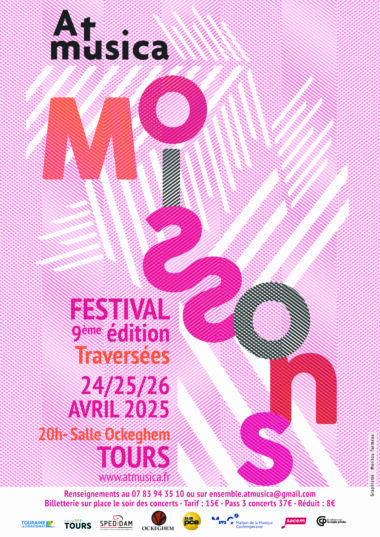Plus de détails
10.II-2014. Helsinki, Helsinki Music Center. Pehr Henrik Nordgren (1944-2008): Ritornello for Violin and Piano op. 13. Kwaidan-ballads. Sonata for Solo Violin op. 104. String Quartet No. 4 op. 60. Jari Valo and Pasi Eerikäinen, violins. Riitta-Liisa Ristiluoma, Viola. Mikko Ivars, cello. Emil Holmström, piano.
26.II-2014. Helsinki, Helsinki Music Center. Pehr Henrik Nordgren (1944-2008): Symphony No. 8, op. 140. Concerto No. 2 for Cello and Orchestra op. 62. Dmitri Shostakovich (1906-1975): Symphony No. 9, op. 70. Marko Ylönen, cello. Finnish Radio Symphony Orchestra, Sakari Oramo, conductor.
 Pehr Henrik Nordgren (1944-2008) was a unique voice in Finnish music. Influenced by both Japanese and Finnish folk music, as well as Shostakovich, Nordgren never achieved the same international recognition as his younger Finnish colleagues, such as Aho, Saariaho, Salonen, and Lindberg. In honor of Nordgren's 70th birthday, the Finnish RSO organized both a chamber music and orchestral concert featuring his music.
Pehr Henrik Nordgren (1944-2008) was a unique voice in Finnish music. Influenced by both Japanese and Finnish folk music, as well as Shostakovich, Nordgren never achieved the same international recognition as his younger Finnish colleagues, such as Aho, Saariaho, Salonen, and Lindberg. In honor of Nordgren's 70th birthday, the Finnish RSO organized both a chamber music and orchestral concert featuring his music.
The chamber music program began with the Ritornello for Violin and Piano. Shadows of Hindemith can be heard in the jagged perpetual motion of the work's opening, lightened with swaggering syncopations. One is also reminded of the the Prokofiev F minor violin sonata in the violin double stop passages in the work's slower sections. The unexpected C major conclusion could be interpreted as sarcasm or black humor.
The Kwaidan Ballads are a set of piano works influenced by Japanese themes. The two selections heard on this program were refreshingly free of Japanese music stereotypes: Tsuitate no onna, for left hand only, evoked a gentle, flowing stream, perhaps even impressionistic, while Miminashi-Hoichi alternated between stern, declamatory chordal writing and frozen stillness.
A quiet folk song of grief opens the Sonata for Solo Violin, op. 104. The tension quickly increases with the entrance of quarter tones, leading to the virtuosic and agitated central section. The folk song returns before a final outburst. A numbed, sustained D concludes the work.
The major work on this program was the 30 minute String Quartet No. 4, op. 60. The first movement, Ballad, opens with hushed oscillations between D major/minor, an effect which was both magical and disorienting. Suggestions of Shostakovich are found in the movement's more animated sections. The second movement, Aggressions, derives its violence and conflict from trills and repeated note gestures. The final movement, Romance, was quite austere and grey despite the title. There was a sense of aimless wandering in this movement before arriving on a final, transcendent A major chord, disturbed by a C natural in the cello.
Mystical and distant chords open the Symphony No. 8, invoking a vast, starlit sky. Quiet strokes on timpani provide a steady heartbeat. An awkward, jagged march disrupts the reverie, followed by a ticking clock in percussion and woodwinds. A long melodic line is heard, reminiscent of second movement of Vaughan William's Symphony No. 6. The brief second movement is imaginatively scored for percussion only, reminding one of the darkly introspective second movement from Shostakovich's Symphony No. 15. The third and final movement begins with a protracted B-flat major chord, which struggles to assert itself from the depths. Cold and mechanical machine music seems to come out of nowhere, followed by an equally surprising joyful folk dance played by solo strings. The dance is suddenly interrupted, as if shaken out of a deep sleep. The machine tries to take over again, before the dance reappears in a final crash. Is it a joyful conclusion, or did the dancer drop dead at the music's height?
The Symphony No. 8 is strangely effective and perhaps even unsettling. Nordgren evokes a futile battle against time in the first movement, chilling solitude in the second and a seemingly joyous folk dance in the final movement. Special mention goes to timpanist Erkkilä Lassi in his numerous solos and of course Oramo for enthusiastic advocacy of this truly interesting work.
The Concerto No. 2 for Cello and Orchestra op. 62 came across as considerably less effective. The work opens with an orchestral tutti of ten Finnish folk chorales superimposed on one another, which came across as less jarring as one might expect. The soloist enters with a long cadenza, leading the music into more agitated territory.
While the concerto displays Nordgren's wealth of ideas and imaginative orchestration (in particular a central passage scored for pizzicato strings, alto flute, and solo cello), this single-movement work did not sustain its half-hour length. The pummeling orchestral tuttis seemed to lead the music in circles, failing to push the narrative forward. The conventionally virtuosic solo part was executed brilliantly by Marko Ylönen.
Much has been written about the « true » or « hidden » meanings in Shostkovich's music. Is his Symphony No. 9 a simple homage to the great classical symphonies or was the composer thumbing his nose at the regime, which expected a massive, triumphant choral symphony in D major commemorating victory in the second world war?
In this performance Oramo chose to let the music speak for itself, without trying to exaggerate what could be interpreted as the more subversive elements in this score. The first movement was played with a sense of innocence while being heavy-footed and a little clumsy at the same time. The third movement was taken at a moderate tempo, avoiding the tendency to sound like a movie chase scene. The brass chorale which opens the fourth movement was played with nobility as opposed to stern declaration, and the final pages came across as cheeky fun.
Plus de détails
10.II-2014. Helsinki, Helsinki Music Center. Pehr Henrik Nordgren (1944-2008): Ritornello for Violin and Piano op. 13. Kwaidan-ballads. Sonata for Solo Violin op. 104. String Quartet No. 4 op. 60. Jari Valo and Pasi Eerikäinen, violins. Riitta-Liisa Ristiluoma, Viola. Mikko Ivars, cello. Emil Holmström, piano.
26.II-2014. Helsinki, Helsinki Music Center. Pehr Henrik Nordgren (1944-2008): Symphony No. 8, op. 140. Concerto No. 2 for Cello and Orchestra op. 62. Dmitri Shostakovich (1906-1975): Symphony No. 9, op. 70. Marko Ylönen, cello. Finnish Radio Symphony Orchestra, Sakari Oramo, conductor.






